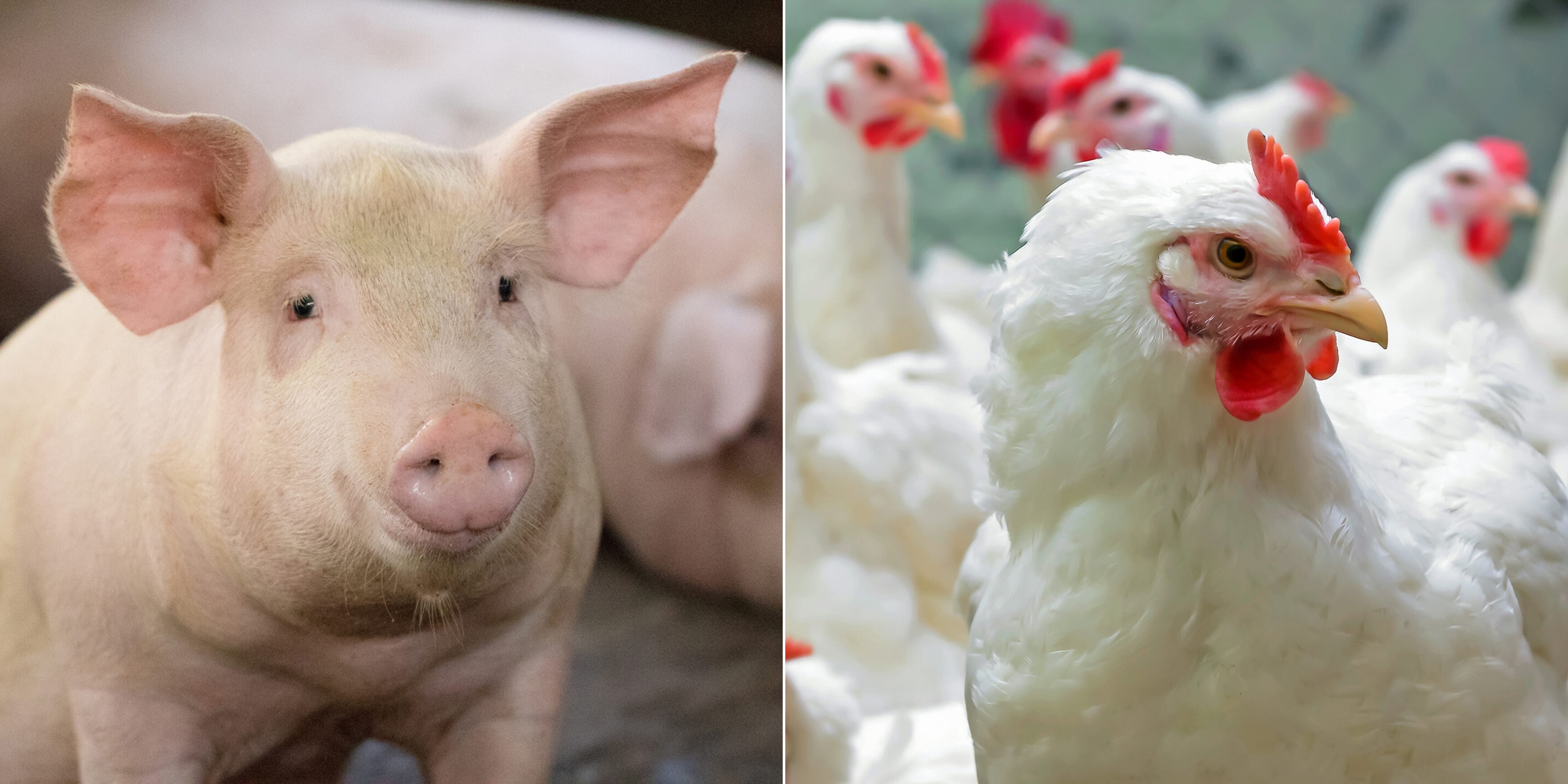In the US, 85% of soybean meal (SBM) is used in swine and poultry diets. The recent increase supply from new processing plants highlights the importance of characterizing SBM quality and variability to optimize nutrition. This study determined the nutrient composition and variability of U.S. SBM by applying principal component analysis to identify primary factors driving heterogeneity. A total of 232 SBM samples were collected in Spring 2024 from 45 locations spanning 14 states, provided by 10 pork-production companies and 4 feed industry groups. Samples collected from January to May 2024 were selected and randomly subsampled by plant location and company, yielding 78 representative samples for analysis. Selected samples were analyzed in duplicates for dry matter (DM), gross energy (GE), ash, crude protein (CP), and triplicate for bulk density, neutral detergent fiber (NDF), and acid detergent fiber (ADF). Organic matter (OM) was calculated as DM minus ash, and the difference between NDF and ADF estimated hemicellulose. Water binding capacity (WBC), holding capacity (WHC), and swelling capacity (WSC) were measured to assess physicochemical properties. Descriptively, bulk density among SBM samples was 664 kg/m³ with a coefficient of variation (CV) of 11.8%. On a DM basis, CP, ash, OM, NDF, ADF, and GE had means of 50.0%, 7.8%, 90.3%, 9.8%, 4.4%, and 4592 kcal/kg, with respective CVs of 1.8%, 6.8%, 0.7%, 31.0%, 16.8%, and 0.9%. The means for WHC, WBC, and WSC were 4.6 ml/g, 3.1 g/g, and 3.0 ml/g, respectively, with CVs of 9.9%, 5.6%, and 12.0%. Analysis of variance (ANOVA) indicated that both provider (P< 0.01) and plant state (P< 0.05) influenced NDF and hemicellulose content, revealing fiber variability across source locations. Hierarchical Clustering on Principal Components was conducted to further classify SBM samples into distinct clusters based on their principal component scores. Differences among clusters were analyzed using one-way ANOVA with pairwise comparison adjustment. The first three principal components captured over 71.9% of the total variance; dimensions (DIM-) 1, 2, and 3 explained 28.7%, 23.0%, and 20.2% of the variance, respectively. The DIM-1 had 39% of the variance explained by WBC and 32.5% by WHC. Hemicellulose and ADF accounted for 57% and 28% of DIM-2 variance, respectively. In DIM-3, 62% of the variance was explained by WSC and 26% by WHC. Cluster 1 tended to have increased GE at 4612 kcal/kg and CP at 50.7% but lower WBC at 2.9 g/g and WSC at 2.5 ml/g. Cluster 3 is distinguished by increased NDF at 13.8%, ADF at 4.7%, and hemicellulose at 9.0%, reflecting a fiber-rich profile. Cluster 2 shows intermediate values, with GE at 4592 kcal/kg and CP at 49.8%. Collectively, these analyses reveal significant heterogeneity in the nutrient composition of the U.S. SBM supply, particularly in fiber content.
Lima, G., N. Vander Werff, S. Lau, S. Hansen, J. Edwards, D. Rosero and A. Petry. 2025. Assessing variability in nutrient composition and hydration properties of US soybean meal sources through dimensionality reduction. 2025 American Society of Animal Science Midwest Section meeting, Abstract 178.
